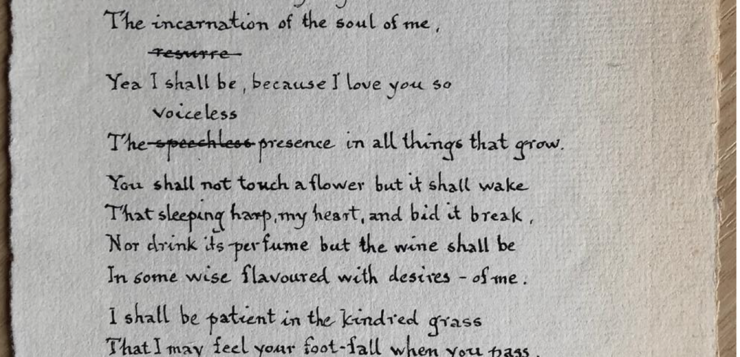 Beautiful Untrue Things: Forging Oscar Wilde’s Extraordinary Afterlife
Beautiful Untrue Things: Forging Oscar Wilde’s Extraordinary Afterlife
by Gregory Mackie
U. of Toronto Press. 304 pages, $80.
“LYING AND POETRY are arts. They require the most careful study, the most disinterested devotion,” declares the character Vivian in Oscar Wilde’s well-known dialogue “The Decay of Lying.” Vivian, a stand-in for Wilde, argues against the need to tether art to facts: “There is such a thing as robbing a story of its reality by trying to make it too true,” he contends, “if something cannot be done to check, or at least to modify, our monstrous worship of facts, Art will become sterile, and beauty will pass away from the land.”
“The Decay of Lying” was as much a critique of the realism of Victorian literature as it was an argument for the pleasure of artifice in art. For Vivian, the beauty of artifice was precisely what gave art its power. But what of the artist himself? What becomes of literary forgeries, imitations, and outright faked manuscripts when we consider Wilde’s notion of art’s beautiful lies?
This is the question that Gregory Mackie takes up in his deeply researched and entertaining book Beautiful Untrue Things: Forging Oscar Wilde’s Extraordinary Afterlife, which looks at how Wilde’s reputation was recovered and exploited in the decades following his death—specifically in the 1920s, when the writer enjoyed a revival.
James Polchin is the author of Indecent Advances: A Hidden History of True Crime and Prejudice Before Stonewall (Counterpoint) and a frequent contributor to this magazine.







